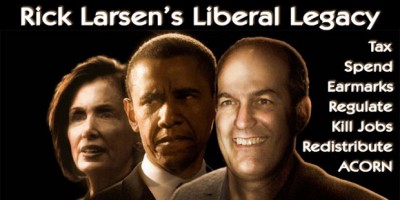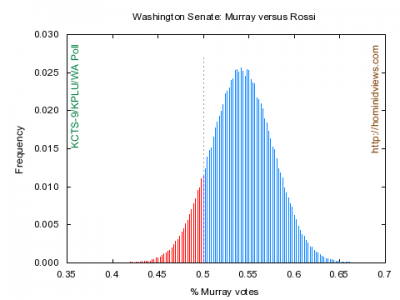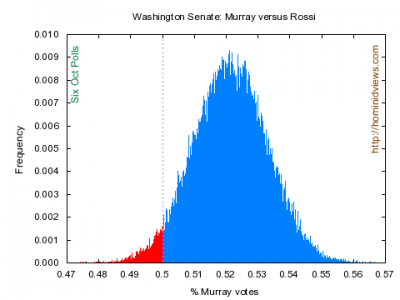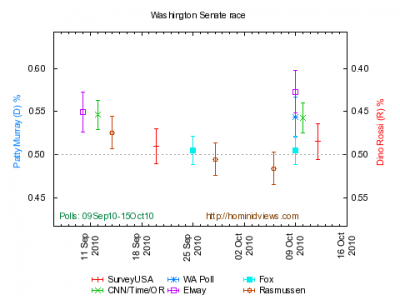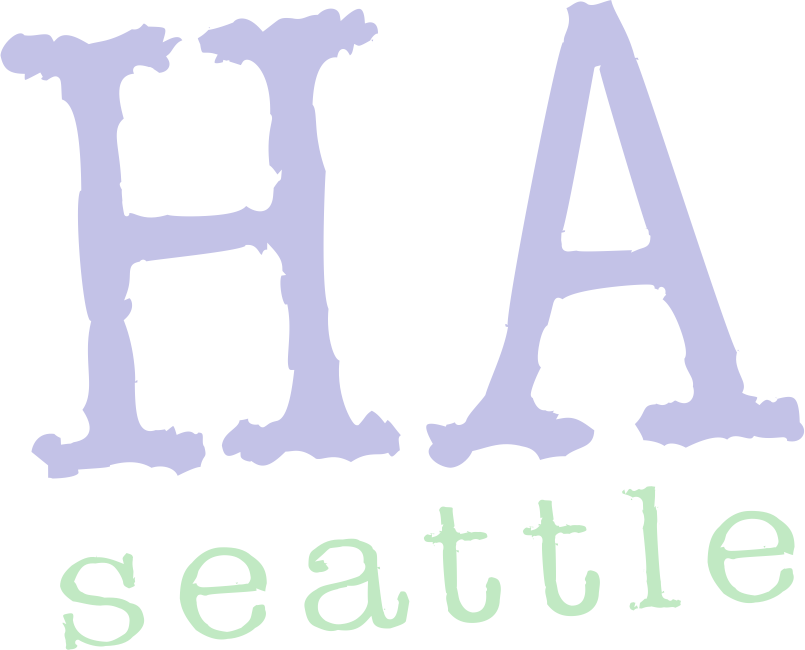Last month I wrote about Attorney General Rob McKenna’s cynical effort to reinterpret Washington’s voter-approved minimum wage statute, so as to avoid an increase this year. And as predicted, this week L&I announced that it would ignore McKenna’s opinion, by raising the minimum wage another 12 cents an hour.
Labor & Industries spokeswoman Kim Contris said the state ultimately made the decision to raise the rate “based on how we believe a court would interpret the law.”
“We really wanted to correctly implement the law,” she said. “We recognize there could be confusion and additional cost if we made a mistake and the court overturned the decision.”
That’s right, the state ignored its own attorney’s opinion because they were concerned about the legal cost of following it. Huh. Perhaps the state should fire its attorney?
No doubt there are policy arguments to make in favor of keeping the minimum wage flat during a time of slow job growth and high unemployment — for example, the stupid, arrogant and profoundly anti-worker arguments made by the Columbian — but the problem for McKenna is that the legal arguments just weren’t there. The law is clear: L&I is instructed to adjust the minimum wage “by increasing the current year’s minimum wage rate by the rate of inflation,” and since inflation went up this year, however slightly, so will the minimum wage.
To ignore the plain meaning of the word “by” in the service of fabulating alternative formulas may be creative lawyering, but as L&I rightly determined, it wasn’t likely to hold up in court. Which in the end, not only calls into question McKenna’s abilities as an attorney, but as a politician as well.

